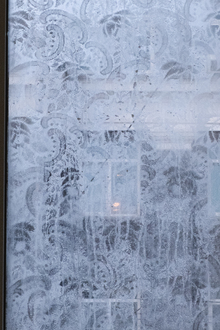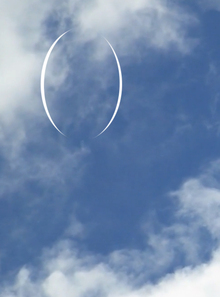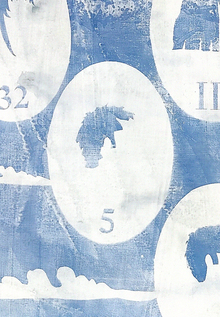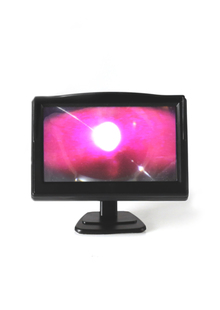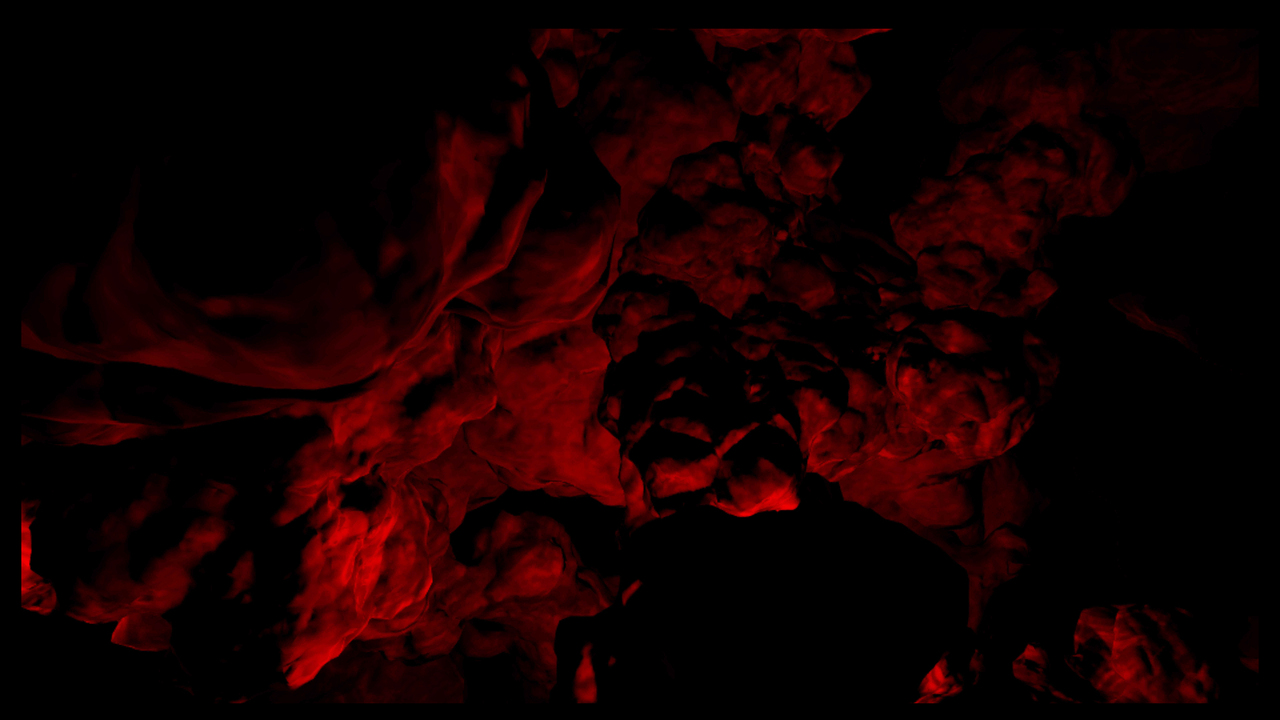
VR: Rethinking identity
The article «Re-subjectivity: Media Art as a Practice of Identity» published in ICASSEE 2019 presents media art (and specifically — virtual reality) as a powerful tool capable of transforming social agenda into personal meaning for a participating viewer.
VR has recently become an intriguing medium which makes one feel present in the artistic «text»; to maximize the effect of immersion many VR projects give the viewer an opportunity to be not just a witness of a scene, but a participant, a one who takes action influencing the course of the narrative. Thus, we argue that VR should be analyzed as «machine» to gather new experiences and «melt» the boundaries of subjectivity including illusion of stability of both one’s body and Weltbild. In virtual reality a user is able to experience the new subjectivity, being-with-the-Other, or — to a certain extent — being the Other.
When such «meetings» take place in a safe space of aesthetic experience a spectator can literally take part in these scenarios and experience the affects which would be unimaginable in everyday life, expand his own boundaries of subjectivity and go beyond the limits of an egocentric position.
It might be an experience of war or hunger, intolerance or injustice. VR may give one a chance to dice deep into these scenarios and come back to his normal life knowing more than he has ever expected to.
VR works for immersive journalistics, experimental film and video art. Spectator’s mind and body becomes a screen for projection.
Avand-garde art has long been trying to break the glass wall between a viewer and a masterpiece, to pull one into a semiotic field and teach him how to act inside it, to invoke one’s creativity. Installations and environments have played important role in this process, offering a new, immersive experience to a viewer — VR goes even further because it makes one feel present in the artistic «text».
